
Ah, clay soil. It’s a topic that comes up so often in my consultations and workshops. This dense, often misunderstood medium can be the backbone of a fertile garden, holding onto nutrients and moisture like a treasure chest. However, for a surprising number of beloved plants, its heavy embrace can be less of a nurturing hug and more of a suffocating squeeze. Understanding which plants to avoid in clay soil isn’t about limitation; it’s about smart gardening, ensuring your efforts lead to flourishing beauty rather than frustrating disappointment. This guide will illuminate why certain plants struggle and help you make informed choices for a garden that truly sings.
It’s true, working with clay can feel like a bit of a wrestling match at times, especially in the spring when it’s slow to warm and dry. But knowledge, as they say, is power!
Quick Glance: Plants Best Kept Out of Heavy Clay
Short on time? Here’s the essential list of plants that often struggle in unimproved clay:
- Mediterranean Herbs: Think Lavender, Rosemary, and Thyme.
- Desert Dwellers: Most succulents and cacti.
- Acid-Loving Beauties: Such as Blueberries and many Azaleas.
- Fine-Rooted Trees: Like Sugar Maples and many Birches.
- Certain Perennials: Including some Peonies and Bearded Iris.
- Silver-Foliaged Plants: Lamb’s Ear and many Artemisias, for example.
- Rock Garden Natives: Most alpine plants.
- Some Roses: Particularly those grafted onto rootstock intolerant of wet feet.
- Fruit Trees Prone to Root Rot: Cherries and Peaches can be susceptible.
- Many Bulbs: Especially those needing a dry summer rest.
Understanding the Challenge: Why Clay Soil Can Be a Gardener’s Frenemy
Clay soil is made up of incredibly fine mineral particles. When wet, these particles pack together tightly, leaving little room for air – and plant roots need oxygen to breathe just as much as they need water. When dry, clay can become brick-hard, making it difficult for roots to penetrate and expand. This unique structure leads to a few common clay soil challenges.
One of the primary issues is poor drainage. Water tends to sit in clay soil, leading to waterlogged conditions, especially during rainy seasons. This “wet feet” scenario is a death sentence for many plants, as it encourages root rot, a fungal disease that thrives in anaerobic (oxygen-deprived) environments. In my own garden, I’ve learned that observing how quickly water drains after a heavy rain is one of the best indicators of my soil’s health.
Another factor is compaction. The fine particles can easily become squashed together, by foot traffic or even heavy rainfall, creating an impenetrable barrier for delicate roots. Furthermore, clay soil is slow to warm up in the spring, which can delay plant growth compared to sandier or loamier soils. It also tends to be more alkaline, which can affect nutrient availability for certain plants. According to the University of Minnesota Extension, soil pH significantly impacts nutrient absorption, and clay soils often require specific amendments to reach an optimal range for a wider variety of plants.
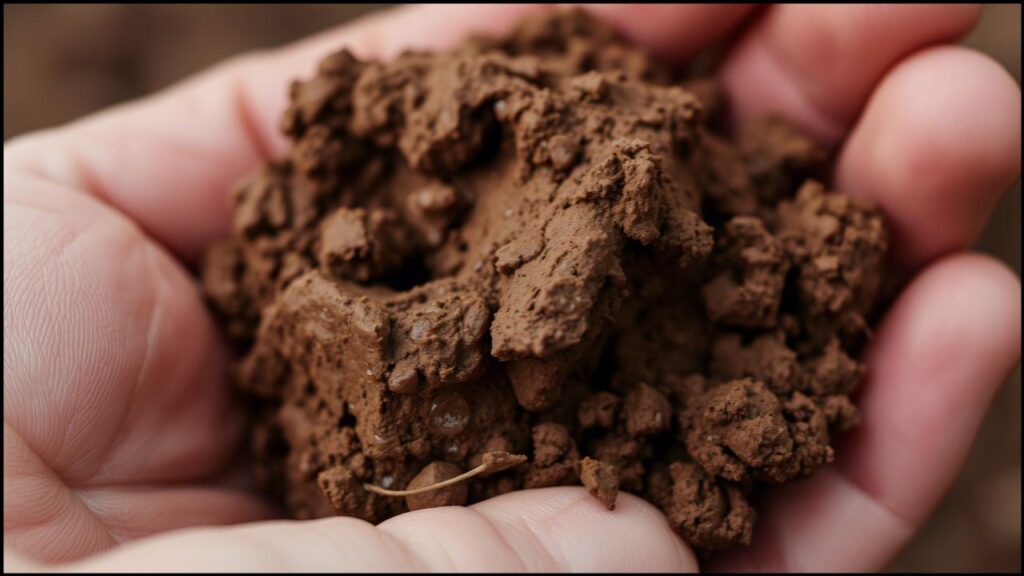
The Unhappy List: 10 Plants to Avoid in Unamended Clay Soil
While some plants are surprisingly adaptable, others simply won’t thrive – or even survive – in heavy, unimproved clay. It’s often a heartbreaking experience for gardeners to watch a cherished plant languish, so knowing which plants to avoid in clay soil from the outset can save both time and tender feelings.
1. Lavender (Lavandula angustifolia)
This beloved Mediterranean native, famed for its soothing fragrance and beautiful purple spikes, craves sharp drainage. Its roots are highly susceptible to rot in the consistently moist conditions that clay can provide.
- Why it struggles: Lavender hails from arid, rocky regions. Its root system is designed for dry, gravelly soils, not the dense, water-retentive nature of clay. I’ve seen countless lavender plants turn a sickly yellow-grey before succumbing in heavy soil.
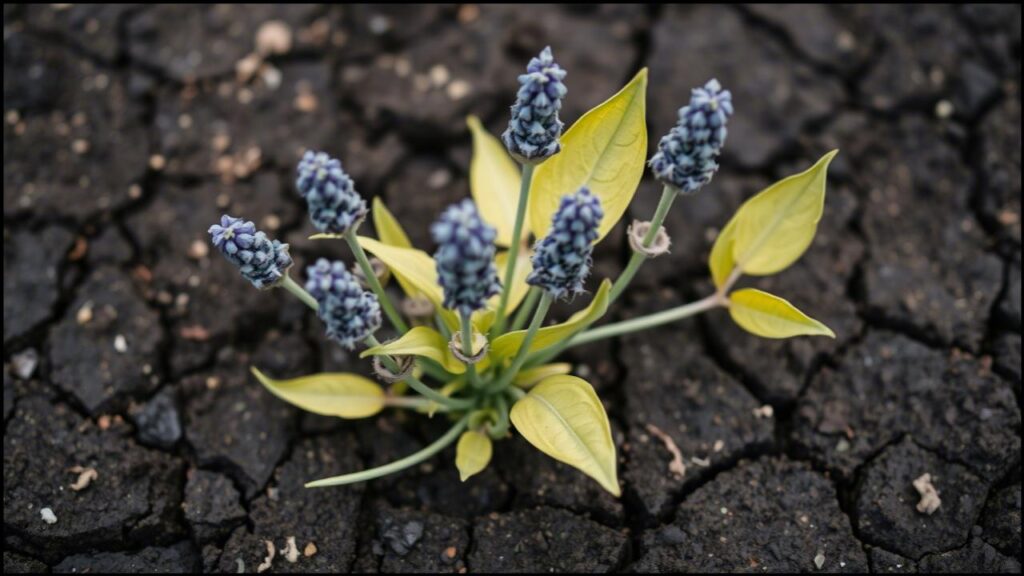
2. Rosemary (Rosmarinus officinalis)
Another Mediterranean gem, rosemary, with its aromatic, needle-like leaves, shares lavender’s disdain for “wet feet.”
- Why it struggles: Like lavender, rosemary’s roots need excellent aeration. Prolonged exposure to damp clay will inevitably lead to root decay, as explained by Clemson University’s Home & Garden Information Center. If you must try it in a clay-prone area, consider a significantly raised bed or a large container.
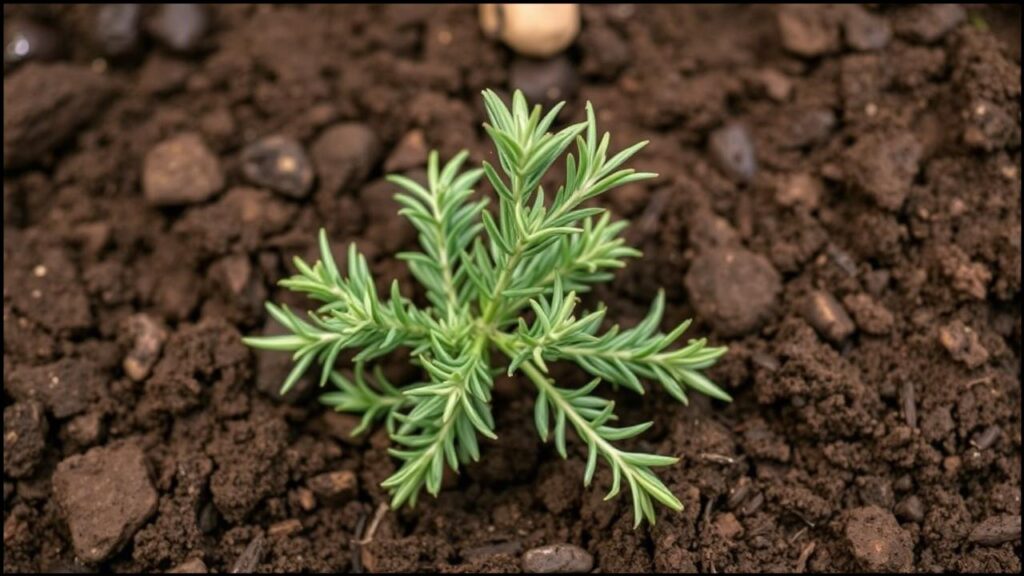
3. Thyme (Thymus vulgaris)
This low-growing herb, perfect for pathways and rock gardens, is another sun-lover that demands good drainage.
- Why it struggles: Thyme species, especially the woollier varieties, will quickly rot in cool, damp clay. Their fine roots simply cannot cope with the lack of oxygen.
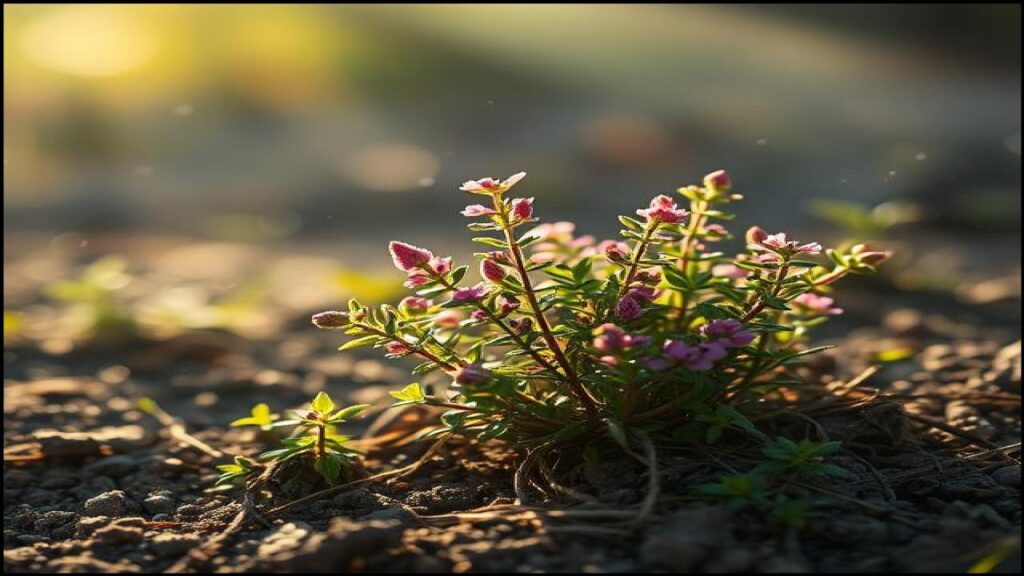
4. Sugar Maple (Acer saccharum)
While a majestic tree, the Sugar Maple, known for its stunning fall color and maple syrup production, is surprisingly sensitive to compacted, poorly drained soils.
- Why it struggles: Sugar Maples have relatively shallow, spreading root systems that require ample oxygen. Clay soil restricts this, leading to stress, reduced growth, and susceptibility to diseases. Many urban plantings struggle due to soil compaction, a common issue with clay-heavy ground.
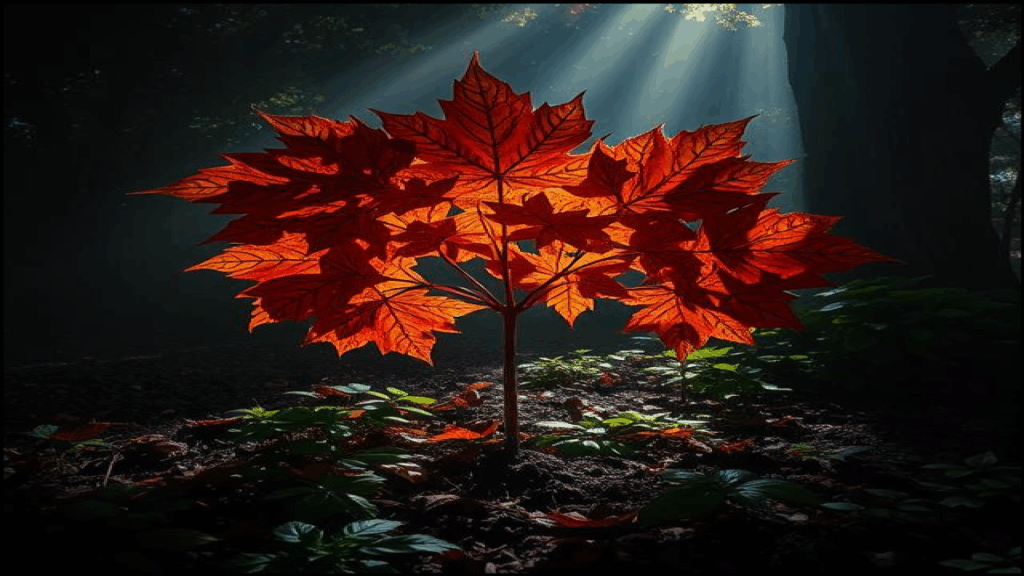
5. European White Birch (Betula pendula)
The graceful, white-barked Birch tree is often desired for its airy beauty, but it’s not a fan of heavy, wet conditions.
- Why it struggles: Birches, in general, prefer moist but well-drained soils. The dense structure of clay can lead to root stress and make them more vulnerable to pests like the bronze birch borer, especially if the tree is already stressed by poor soil conditions. My advice is to always check the specific species, as some river birches (Betula nigra) are more tolerant.

6. Peony (Paeonia lactiflora – some varieties)
Peonies are a classic, and many can adapt to well-amended clay. However, they absolutely detest being waterlogged, especially their fleshy tuberous roots.
- Why it struggles: If clay soil remains consistently soggy, particularly in winter, peony roots can easily rot. Good surface drainage is key. If you have heavy clay, planting them slightly higher or on a gentle slope can make a world of difference. The Royal Horticultural Society emphasizes well-drained conditions for peony health.
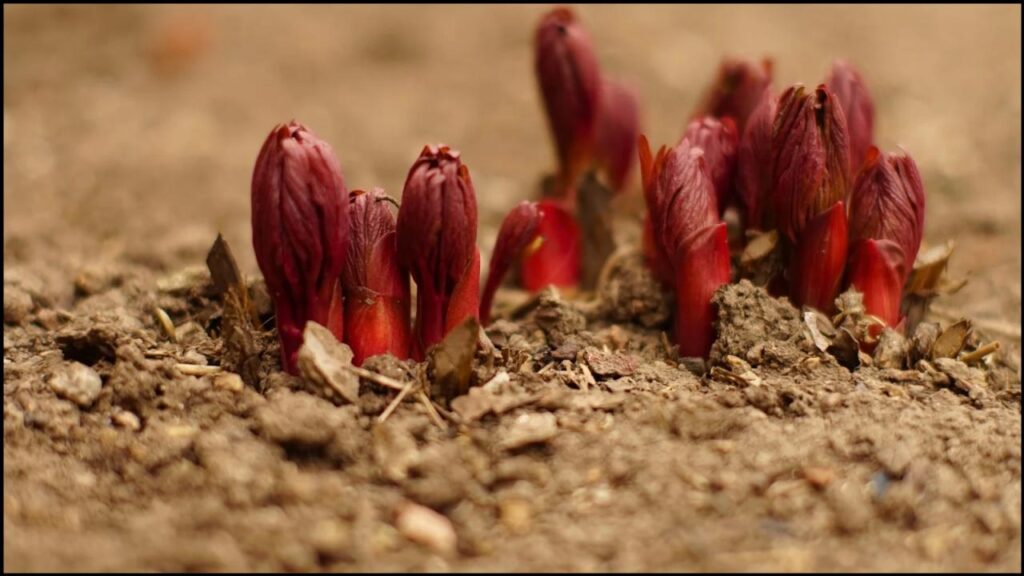
7. Bearded Iris (Iris germanica)
With their spectacular, ruffled blooms, Bearded Irises are a springtime delight. However, their rhizomes (the fleshy “bulbs” that grow at the soil surface) need to bake in the sun and stay relatively dry.
- Why it struggles: Clay soil that stays wet will quickly turn those precious rhizomes into mush. They need air circulation around the rhizomes, which dense clay prevents. A common mistake I see is planting them too deep in any soil, but it’s especially fatal in clay.
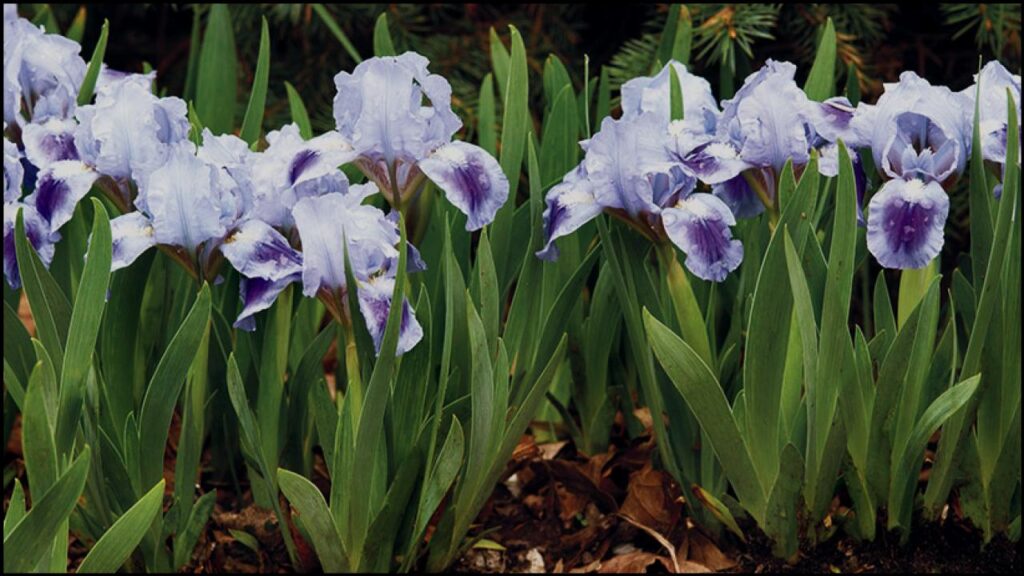
8. Most Succulents and Cacti
This one might seem obvious, but it bears repeating. These desert natives are specifically adapted to arid conditions and extremely porous soils.
- Why it struggles: Clay soil retains far too much moisture for far too long, leading to rapid rot. For these plants, it’s like asking a fish to live on land. Always use a specialized cactus/succulent mix if growing them in containers.
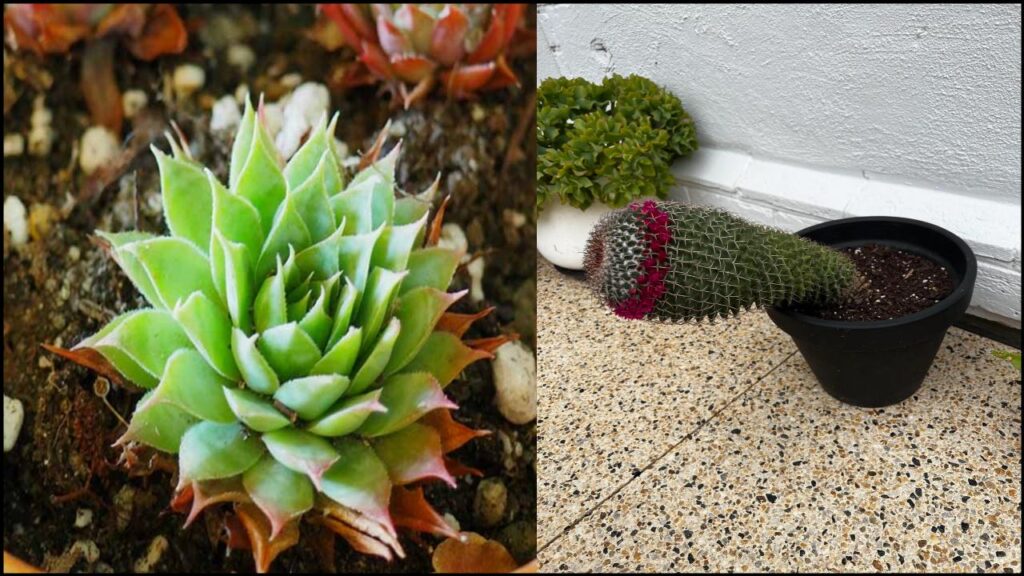
9. Blueberry (Vaccinium species)
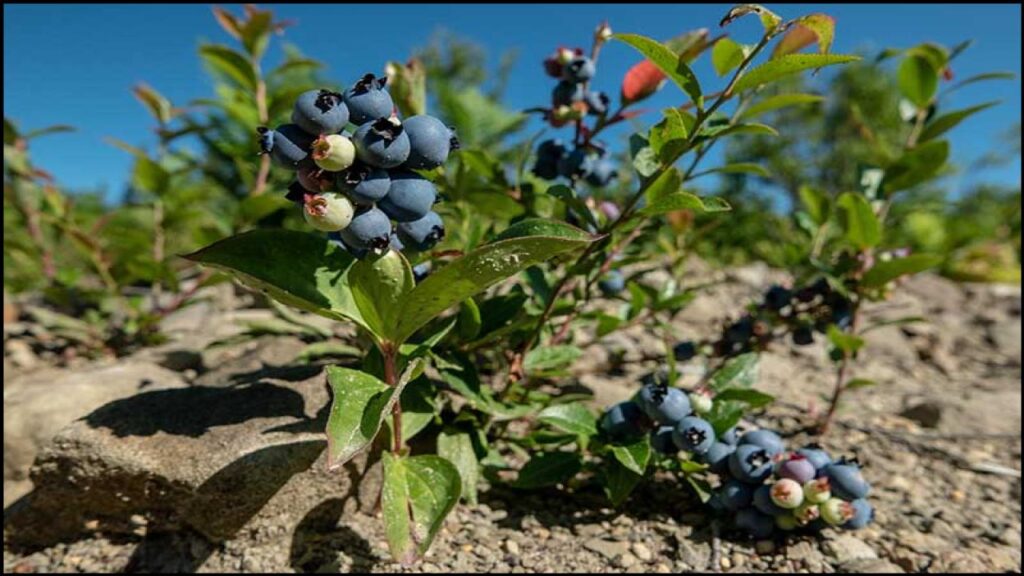
Blueberries are fantastic, but they have two specific major requirements that clay soil often doesn’t meet: acidic soil and excellent drainage.
- Why it struggles: Clay soil is often alkaline and, as we’ve discussed, tends to be poorly drained. Blueberry roots are fine, fibrous, and shallow, requiring a loose, acidic medium to thrive. Without significant amending clay soil to lower pH and improve drainage, blueberries will simply languish.
10. Butterfly Bush (Buddleja davidii)
While tough and adaptable in many ways, the popular Butterfly Bush prefers well-drained conditions and can suffer in persistently wet, heavy clay.
- Why it struggles: Though it can tolerate a range of soils, Buddleja is prone to root rot if its feet are constantly wet, especially in winter. If your clay is particularly unyielding, you might see dieback or a general lack of vigor.
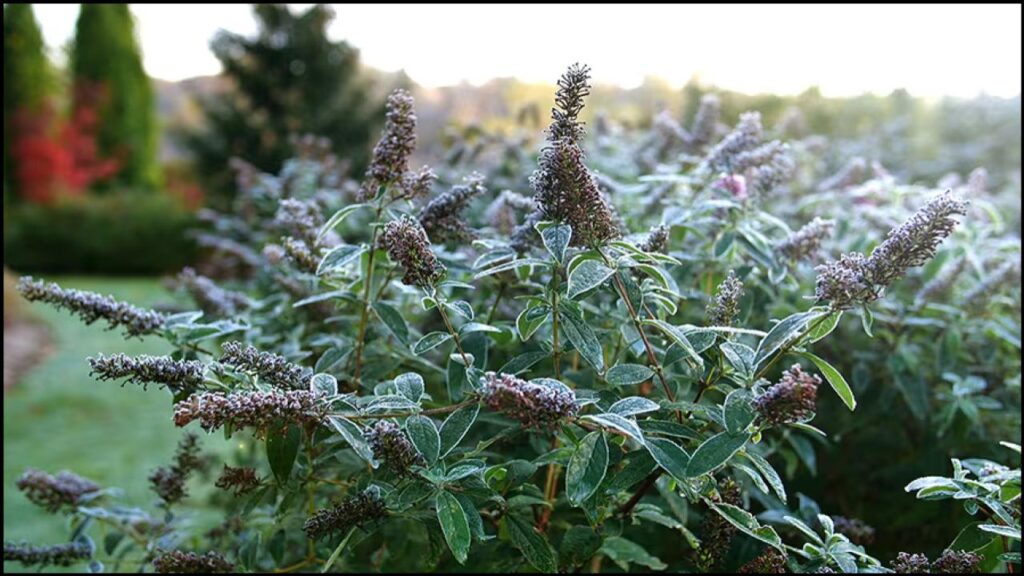
Hope for Heavy Soils: Working with Your Clay (Not Against It)
Now, don’t be disheartened if your garden is graced with clay! Understanding these plants to avoid in clay soil is the first step. The next is realizing that clay isn’t a curse; it’s a canvas that can be improved. In fact, with a little effort, you can transform it into a wonderfully fertile growing medium.
The single most effective way to improve clay soil is by incorporating organic matter. This is where amending clay soil truly works its magic. Compost, well-rotted manure, leaf mold, and cover crops work wonders. Organic matter helps to:
- Improve drainage: It creates larger soil particles, allowing water to percolate through more easily.
- Increase aeration: It introduces air pockets essential for root health.
- Enhance fertility: It adds vital nutrients.
- Make soil workable: It loosens the dense structure, making digging easier.
Over the years, I’ve developed a sort of rhythm in my own clay-based garden beds, adding a generous layer of homemade compost each fall and allowing the winter freezes and thaws to help incorporate it. It’s a long-term relationship, this soil improvement, not a one-time fix.
Other strategies for gardening successfully with clay include:
- Raised Beds: Building beds above the existing soil level and filling them with a good soil mix is an excellent way to bypass clay issues entirely for fussy plants.
- Container Gardening: Perfect for plants that simply cannot tolerate clay, like blueberries or Mediterranean herbs.
- Choosing Clay-Tolerant Plants: There is a whole world of plants that thrive in clay! Asters, Daylilies, Hostas, Coneflowers, and many ornamental grasses are just a few examples. Focusing on these can bring immense joy and success.
TOOLS AND MATERIALS BOX: For Amending Clay Soil
- Good Quality Compost: The cornerstone of clay improvement. Aim for several inches to spread.
- Well-Rotted Manure: Another excellent source of organic matter.
- Leaf Mold: If you have access to it, this is black gold for soil.
- Spading Fork: Essential for loosening clay and incorporating amendments without overly pulverizing soil structure.
- Wheelbarrow: For transporting compost and other amendments.
- Cover Crop Seeds (Optional): Such as clover or rye, to grow and then till in for added organic material.
Embrace Your Soil, Choose Wisely, and Watch Your Garden Flourish
Gardening on clay soil certainly presents its unique set of considerations, but it’s far from an insurmountable obstacle. By understanding the needs of your plants and being realistic about which ones will struggle with the inherent clay soil challenges, you’re setting yourself up for success. Instead of battling your soil, focus on improving it with rich organic matter and selecting plants that will appreciate its robust nature or adapt with your help.
The journey of understanding plants to avoid in clay soil ultimately leads to a deeper appreciation for the intricate dance between plant life and the earth that sustains it. With thoughtful choices and a bit of nurturing, your clay-based garden can become a stunning testament to nature’s resilience and your own gardening prowess. Now, you’re ready to make informed decisions and cultivate the beautiful, thriving garden you envision!
